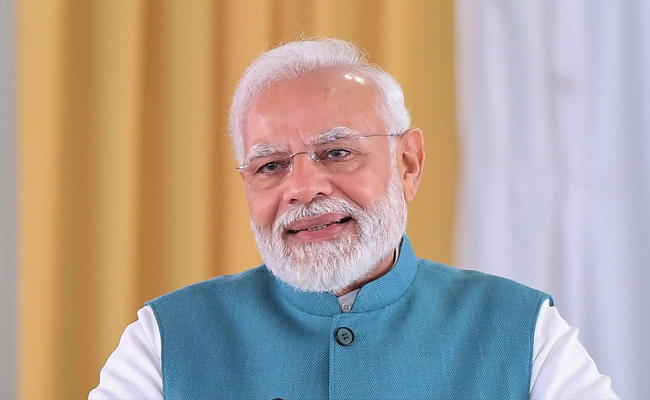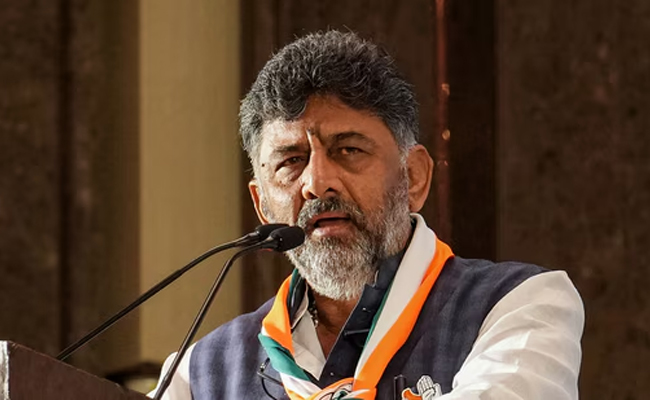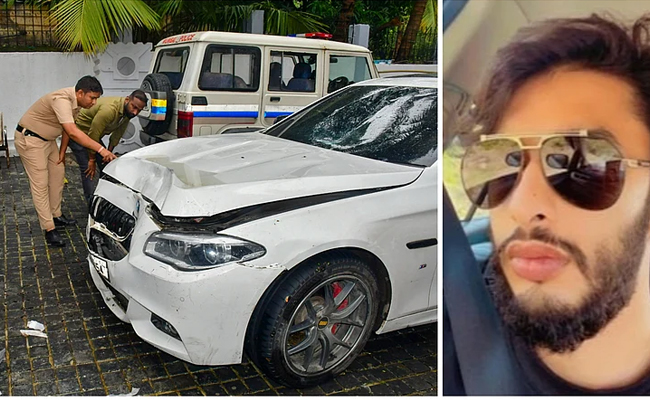New Delhi, (PTI): A Delhi court on Saturday came down heavily on Punjabi singer and actor Yo Yo Honey Singh for not appearing before it in a domestic violence case filed by his wife.
"No one is above the law. Surprised to see how this case is being taken so lightly," metropolitan magistrate Tania Singh said.
Singh moved an application seeking exemption from appearance in the case, citing medical reasons. Meanwhile, his wife, Shalini Talwar, appeared physically before the court.
Expressing displeasure, the court told Singh's lawyer, "Honey singh has not appeared. You have not filed his income affidavit and are not prepared with the arguments."
The metropolitan magistrate gave Singh one last opportunity to appear before the court, and asked him not to repeat this conduct again.
Shalini Talwar has filed a domestic violence case against her singer-actor husband and sought Rs 20 crore as compensation from him under the Protection of Women From Domestic Violence Act.
Advocate Ishan Mukherjee, appearing for Singh, filed a reply to her complaint and apprised the court that she has already taken all the valuables with her, including jewellery, and can come to reside at her in-laws' home in Noida in 15 days.
"We are ready to accommodate her. We will build a wall. It can be provided to her in 15 days," Mukherjee said, adding that Singh has two properties costing around Rs 4 crores, of which a property worth Rs 1 crore belongs to Shalini Talwar.
Hirdesh Singh, known professionally as Yo Yo Honey Singh, and Talwar tied the knot on January 23, 2011.
In her plea, Talwar charted out how she was physically assaulted by Singh over the last 10 years. She has also alleged that Honey Singh cheated on her.
The 38-year-old woman claimed that she was subjected to numerous incidents of physical, verbal, mental, and emotional abuse at the hands of her husband and his family.
Talwar alleged that Singh and his family broke her mentally and emotionally to the extent that she almost started identifying herself as a "farm animal".
Let the Truth be known. If you read VB and like VB, please be a VB Supporter and Help us deliver the Truth to one and all.
Gorakhpur (PTI): A hospital employee was booked for allegedly sexually assaulting a woman in the pretext of an ultrasound test here in the district women's hospital, police said on Saturday.
According to the complaint, the woman, a resident of the Gulriha area, visited the district women's hospital on Thursday morning for an ultrasound test.
She was directed to a room, where Abhimanyu Gupta was conducting ultrasounds. When her turn came, the accused allegedly stared at her and told her to remove all her clothes, claiming it was necessary for the test and that a massage would also be required, she said.
ALSO READ: UP: Girl kidnapped, raped multiple times over 25 days; accused held
The woman alleged that once she complied, the accused began making obscene advances and tried to force himself on her. When she screamed, he allegedly gagged her, abused her and threatened to kill her before pushing her out of the room.
She said her complaints within the hospital went unheard, forcing her to approach the police.
Taking cognisance of the complaint, the hospital administration constituted a three-member inquiry committee, officials said.
Senior consultant (paediatrics) Dr Jay Kumar said, "The woman has levelled serious allegations against a staff member. Senior officials have been informed, and a departmental inquiry is underway. Strict action will be taken if the charges are proved."
Kotwali Station House Officer Chatrapal Singh said a case has been registered, and efforts are on to nab the accused.





